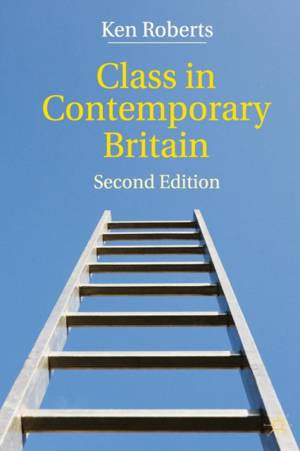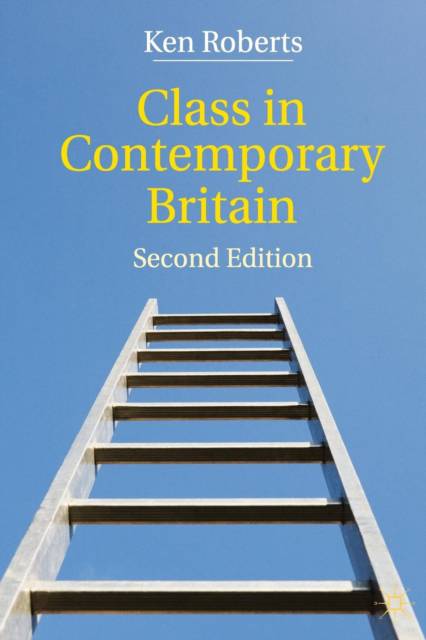
En raison d'une grêve chez bpost, votre commande pourrait être retardée. Vous avez besoin d’un livre rapidement ? Nos magasins vous accueillent à bras ouverts !
- Retrait gratuit dans votre magasin Club
- 7.000.000 titres dans notre catalogue
- Payer en toute sécurité
- Toujours un magasin près de chez vous
En raison de la grêve chez bpost, votre commande pourrait être retardée. Vous avez besoin d’un livre rapidement ? Nos magasins vous accueillent à bras ouverts !
- Retrait gratuit dans votre magasin Club
- 7.000.0000 titres dans notre catalogue
- Payer en toute sécurité
- Toujours un magasin près de chez vous
Description
Britain is one of the most unequal countries in the western world: the richest one per cent own a vast proportion of the wealth, while both the pay gap and spending habits remain incredibly divisive. How do such divisions reflect contemporary ideas of class? In what way does economic life affect individuals and social relationships? What are the implications for society as a whole?
This thoroughly revised second edition of Class in Contemporary Britain uses class theory to interrogate and explain patterns and trends in economic inequalities, and to explore their consequences from a sociological view. Addressing and debating timely questions, this new edition: - Assesses different ways of mapping class structures through class schemes- Highlights the continued importance of class in sociological study and analyses contemporary social class divisions
- Explores key topics, including social mobility, voting habits and education
- Reflects on recent changes and developments in the field, from environmental and technological concerns to shifts in class demographics This comprehensive and accessible book disentangles the complex ties between economic, social and political perspectives on class in contemporary Britain. It is essential reading for all social sciences students who are studying class.
Spécifications
Parties prenantes
- Auteur(s) :
- Editeur:
Contenu
- Nombre de pages :
- 304
- Langue:
- Anglais
Caractéristiques
- EAN:
- 9780230238664
- Date de parution :
- 15-02-11
- Format:
- Livre broché
- Format numérique:
- Trade paperback (VS)
- Dimensions :
- 155 mm x 231 mm
- Poids :
- 408 g

Les avis
Nous publions uniquement les avis qui respectent les conditions requises. Consultez nos conditions pour les avis.






